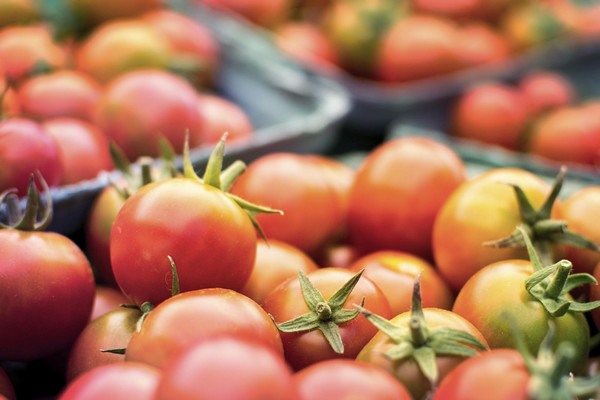As tougher economic times start to bite, Chris Fiander, Marketing Manager at the Westpak Group in the United Kingdom, explores if having more environmentally sustainable products and packaging will still be a major priority for consumers and retailers.

"Consumers and businesses alike are in the middle of a storm of economic challenges with spiralling energy costs, increasing business production costs, weakened consumer spending and soaring inflation all taking their toll. This economic backdrop raises key questions for sustainable practices in the food & packaging industry and the broader consumer mindset. Will more environmentally sustainable products and packaging (often available at a higher financial cost over traditional, less sustainable materials and processes) continue to be a major priority for consumers? Are sustainable products and packaging characteristics only able to truly flourish against a backdrop of economic buoyancy, strong consumer spending and high disposable income?
The grocery retail industry has taken so many fantastic steps forward in recent years with regard to sustainable packaging including huge investments in recycling infrastructure, monumental reductions in the use of plastics, introducing various refillable product ranges, commitments to ambitious carbon reduction targets and so on. Alongside this, the consumer mindset has become increasingly accustomed to foods both produced and presented more sustainably. As such, sustainable food packaging has become less of a novelty and more of a permanent consumer expectation. From all angles, the market will be very reluctant to backtrack on such advancements purely as a cost-saving measure.
Supermarkets will also be acutely aware of the PR risks involved in downgrading the sustainability of their product ranges. In such a competitive retail environment, retailers will want to show that their enhanced packaging sustainability and wider environmental credentials are genuine. Holding firm on these commitments during the current economic climate will help dispel any cynical previous accusations of greenwashing from industry commentators.
In addition, while retailers have no doubt made huge improvements in packaging sustainability, existing broad product ranges continue to feature more sustainable products alongside cheaper alternatives. As such, affordably-sourced items remain available without necessarily needing to backtrack on sustainable advancements elsewhere in other products ranges. Similarly, while large sections of the economy are under severe financial pressures, others will continue with strong proportions of disposable income and will expect to continue purchasing the more sustainably packaged items they have become accustomed to.
It is also worth considering that the cost gaps between sustainably-driven packaging and cheaper alternatives (cheaply-produced plastics for example) may not be as noticeable as they once were. As environmentally-driven legislation such as the plastic tax continues to take effect, unsustainable packaging materials will become increasingly unattractive to retailers and packaging buyers.
The overarching challenge that grocery retailers face is a balancing act. Businesses need to ensure that foods and fresh produce remain affordable for a population enduring incredibly challenging times with regard to their personal finances. However, they also need to continue embracing sustainable advancements in packaging as well as wider business operations and processes. This is a challenge that unites the grocery industry and one that should be embraced rather than shied-away from.
As is so often the case, innovation will no-doubt provide the means by which retailers can combine these two essential attributes. Whether it's the latest technologies extending the shelf-life of sustainably packaged foods, packaging manufacturing innovations that drive efficiency savings in logistic and transport processes or streamlined packaging designs that can reduce material costs and usage, the industry will have numerous areas in which to satisfy these various consumer needs. The retailers that are able to simultaneously boost consumer value while enhancing sustainability may well position themselves to achieve long-standing customer loyalty thereafter."
This opinion piece was submitted by Chris Fiander, Marketing Manager, Westpak Group Ltd.
For more information visit www.westpakuk.com
